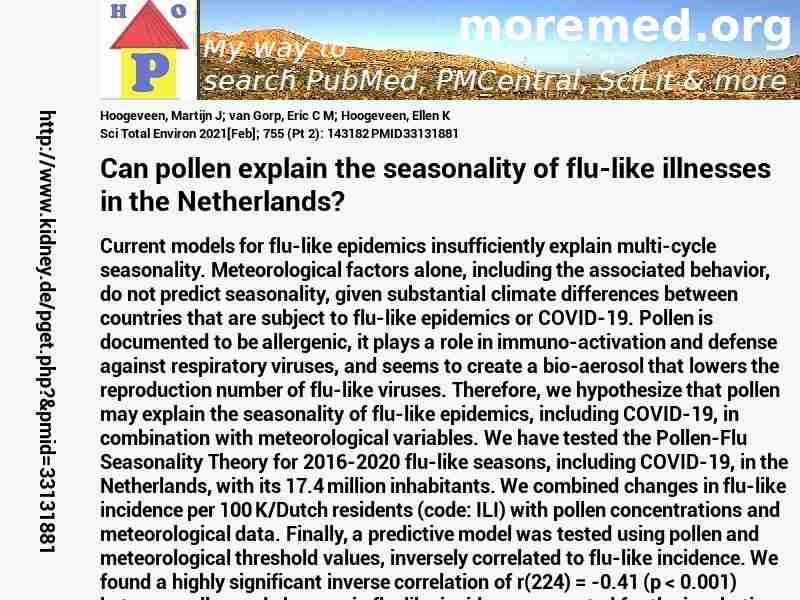
|
10.1016/j.scitotenv.2020.143182
http://scihub22266oqcxt.onion/10.1016/j.scitotenv.2020.143182

33131881!7580695!33131881
 free free
 free free
 free free
Warning: file_get_contents(https://eutils.ncbi.nlm.nih.gov/entrez/eutils/elink.fcgi?dbfrom=pubmed&id=33131881&cmd=llinks): Failed to open stream: HTTP request failed! HTTP/1.1 429 Too Many Requests
in C:\Inetpub\vhosts\kidney.de\httpdocs\pget.php on line 215
|  
Deprecated: Implicit conversion from float 211.6 to int loses precision in C:\Inetpub\vhosts\kidney.de\httpdocs\pget.php on line 534
Deprecated: Implicit conversion from float 211.6 to int loses precision in C:\Inetpub\vhosts\kidney.de\httpdocs\pget.php on line 534
Deprecated: Implicit conversion from float 211.6 to int loses precision in C:\Inetpub\vhosts\kidney.de\httpdocs\pget.php on line 534
Warning: imagejpeg(C:\Inetpub\vhosts\kidney.de\httpdocs\phplern\33131881.jpg): Failed to open stream: No such file or directory in C:\Inetpub\vhosts\kidney.de\httpdocs\pget.php on line 117
 Sci+Total+Environ 2021 ; 755 (Pt 2): 143182 Sci+Total+Environ 2021 ; 755 (Pt 2): 143182
Nephropedia Template TP
gab.com Text
Twit Text FOAVip
Twit Text #
English Wikipedia
|
Can pollen explain the seasonality of flu-like illnesses in the Netherlands? #MMPMID33131881Hoogeveen MJ; van Gorp ECM; Hoogeveen EKSci Total Environ 2021[Feb]; 755 (Pt 2): 143182 PMID33131881show ga
Current models for flu-like epidemics insufficiently explain multi-cycle seasonality. Meteorological factors alone, including the associated behavior, do not predict seasonality, given substantial climate differences between countries that are subject to flu-like epidemics or COVID-19. Pollen is documented to be allergenic, it plays a role in immuno-activation and defense against respiratory viruses, and seems to create a bio-aerosol that lowers the reproduction number of flu-like viruses. Therefore, we hypothesize that pollen may explain the seasonality of flu-like epidemics, including COVID-19, in combination with meteorological variables. We have tested the Pollen-Flu Seasonality Theory for 2016-2020 flu-like seasons, including COVID-19, in the Netherlands, with its 17.4 million inhabitants. We combined changes in flu-like incidence per 100 K/Dutch residents (code: ILI) with pollen concentrations and meteorological data. Finally, a predictive model was tested using pollen and meteorological threshold values, inversely correlated to flu-like incidence. We found a highly significant inverse correlation of r(224) = -0.41 (p < 0.001) between pollen and changes in flu-like incidence, corrected for the incubation period. The correlation was stronger after taking into account the incubation time. We found that our predictive model has the highest inverse correlation with changes in flu-like incidence of r(222) = -0.48 (p < 0.001) when average thresholds of 610 total pollen grains/m(3), 120 allergenic pollen grains/m(3), and a solar radiation of 510 J/cm(2) are passed. The passing of at least the pollen thresholds, preludes the beginning and end of flu-like seasons. Solar radiation is a co-inhibitor of flu-like incidence, while temperature makes no difference. However, higher relative humidity increases with flu-like incidence. We conclude that pollen is a predictor of the inverse seasonality of flu-like epidemics, including COVID-19, and that solar radiation is a co-inhibitor, in the Netherlands.|*COVID-19[MESH]|Humans[MESH]|Netherlands/epidemiology[MESH]|Pollen[MESH]|SARS-CoV-2[MESH]
  
DeepDyve
Pubget Overpricing | 
|